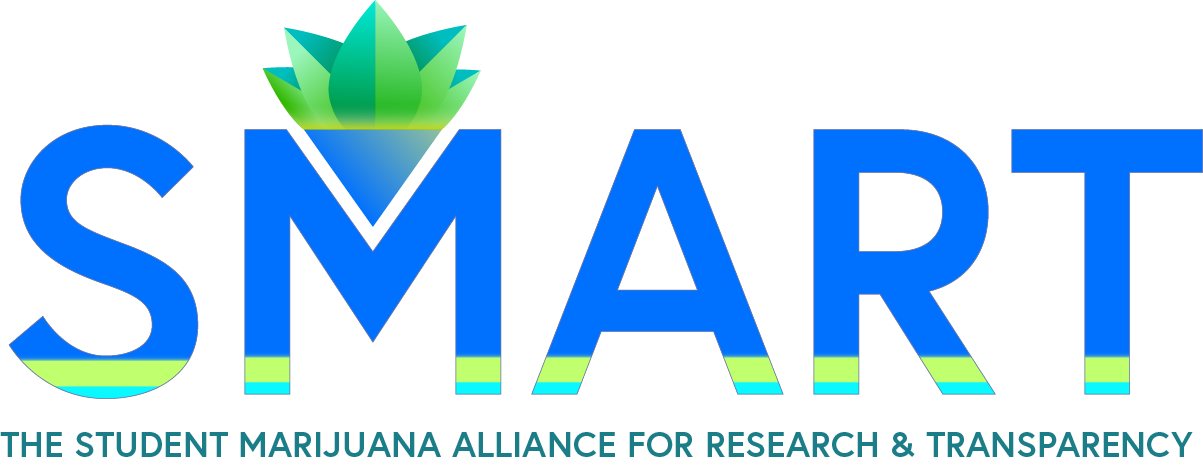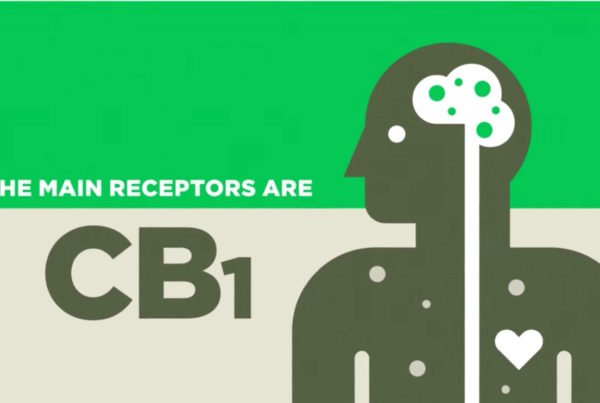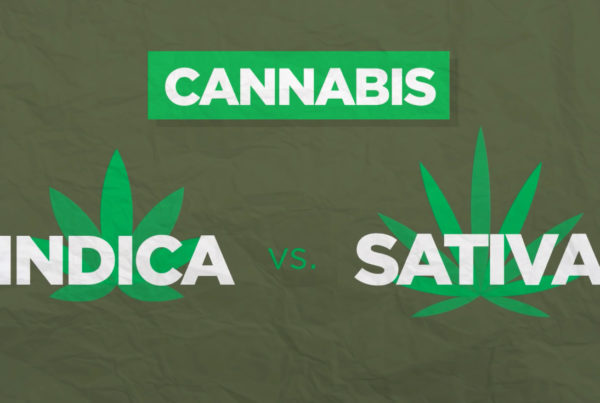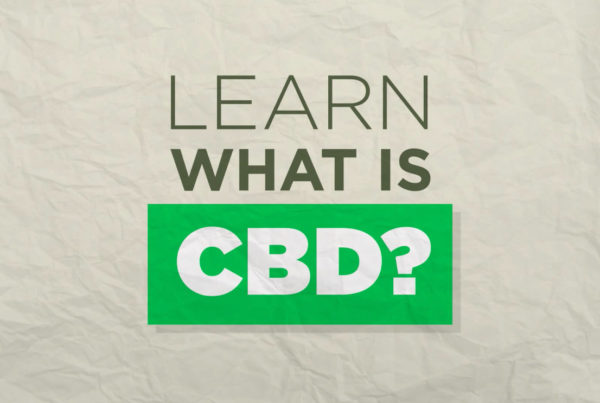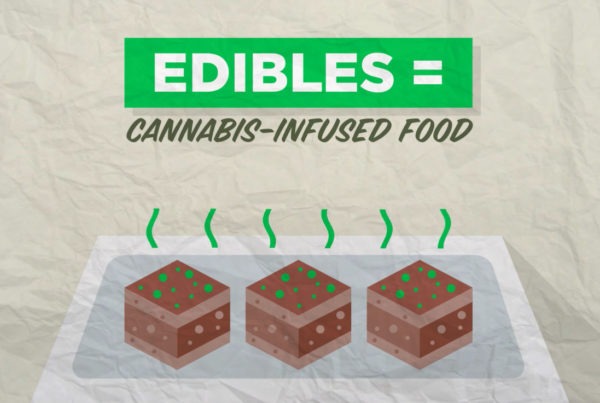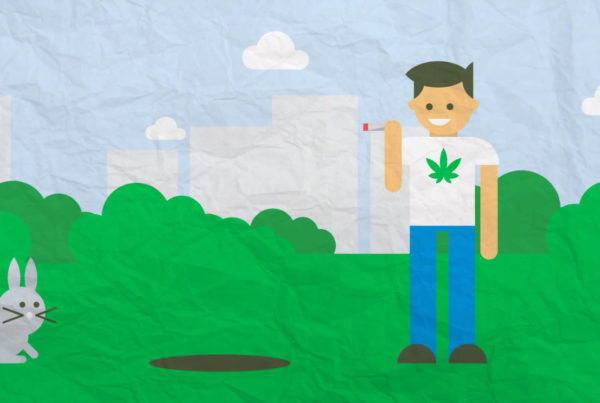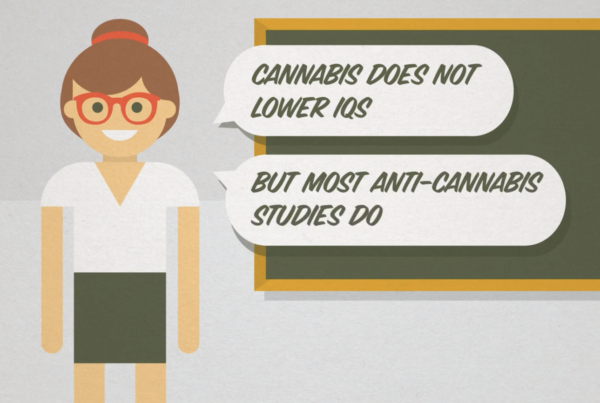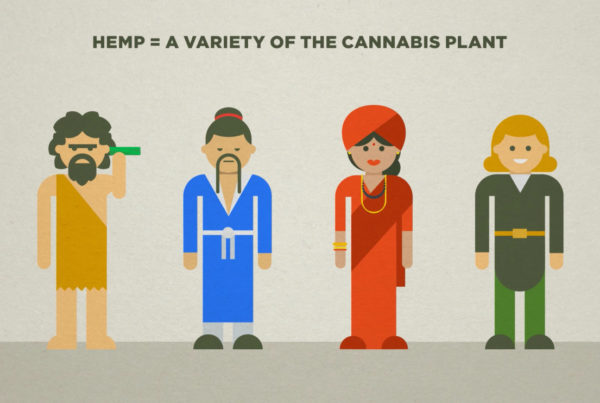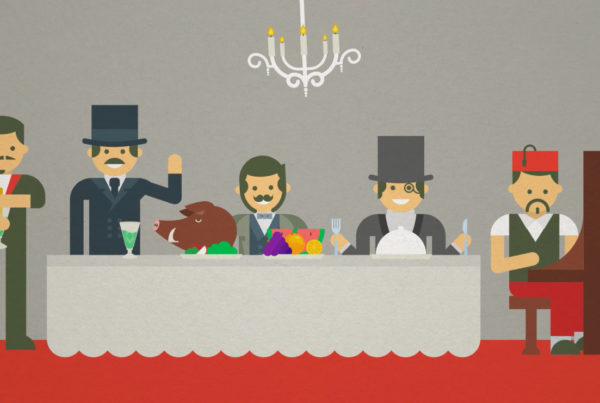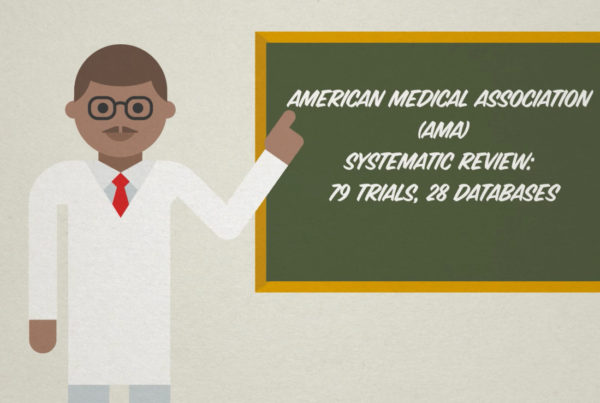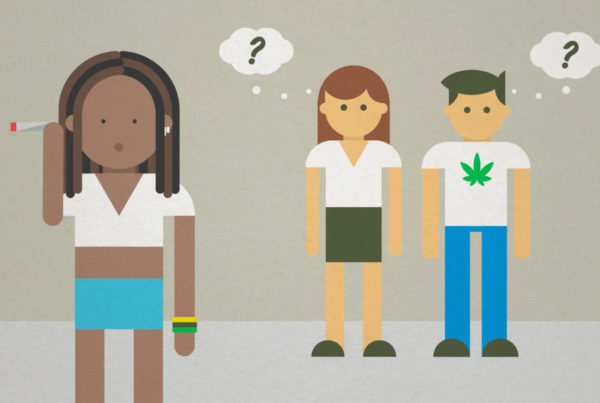The Pure Food and Drug Act of 1906 set the stage for cannabis restrictions, but the Marihuana Tax Act of 1937 marked the start of full-scale prohibition. The law did not explicitly ban cannabis in its wording, but that was clearly the intent. In the 1930s, the Treasury Department, run by the mega-rich Andrew Mellon as Secretary, determined that it could use the taxing power of the federal government to prohibit products he deemed problematic. By creating overly excessive taxes, the laws could create de facto prohibition for everybody but the wealthy. Herman Oliphant, the Treasury’s general counsel, employed this tactic with the National Firearms Act. Passed in 1934, the law attempted to ban or reduce shotguns and machine guns, and challenges to the law went all the way to the Supreme Court, which upheld its legality in March 1937. Two weeks later, Oliphant (along with arch-prohibitionist Harry Anslinger) introduced the Marihuana Tax Act directly into the House Ways and Means Committee, a powerful committee (and the oldest in Congress) with the unique ability to send bills directly to the House of Representatives.
Matt Rens, the Hemp King of America, started making hemp in 1914 as part of the First World War effort. Matt Rens Hemp Company eventually became the nation’s largest, which he ran until his death in 1950. The Subcommittee of the Committee on Finance in the Senate held hearings on the legislation in July 1937, and Rens spoke before the Senators and called out the taxes for what they were.
“Such a tax would put all small producers out of the business of growing hemp, and the proportion of small producers is considerable,” Rens told the Senators. “The real purpose of this bill is not to raise money, is it?”
“Well, we’re sticking to the proposition that it is,” said presiding Senator Prentiss Brown of Michigan.
“It will cost a million,” Rens added.
“We thank you, Mr. Rens,” said Senator Brown dismissively. “The next witness will be….”
President Franklin Roosevelt signed the Marihuana Tax Act on August 2, and the law took effect October 1 that same year. As part of the law, Anslinger’s Bureau of Narcotics received absolute administrative regulatory and enforcement powers. Moreover, the procedures associated with regulation and enforcement appeared not in the law itself but in the Regulations No. 1 addendum, which further heightened prohibition. For example, the Regulations said that any doctor who purchases the stamp to prescribe medical cannabis must immediately report the name, address and ailment of the patient to the Bureau in the form of a sworn statement. Any doctor who fails to do so can end up in jail.
Interestingly, many reform advocates argue that taxes levied on state-legal medical and recreational cannabis also discriminate against the plant, especially when compared to tax rates for alcohol. As more and more states legalize cannabis in some form, expect anti-cannabis groups to take a page out of the Anslinger and Oliphant playbook and introduce as many excessive and prohibitive taxes as possible.
David Jenison (david@prohbtd.com) is Editor-in-Chief at PRØHBTD. Music provided by Format Entertainment formatent.com.
